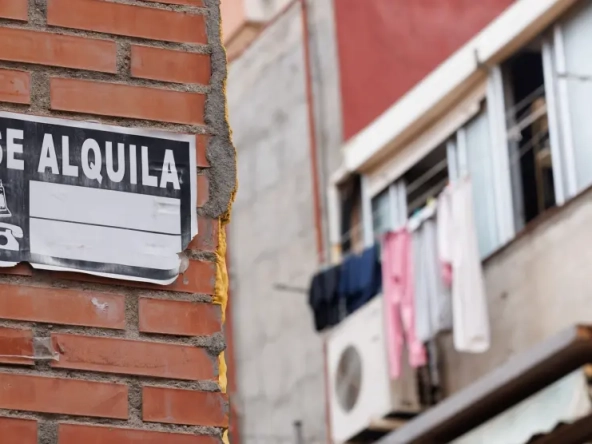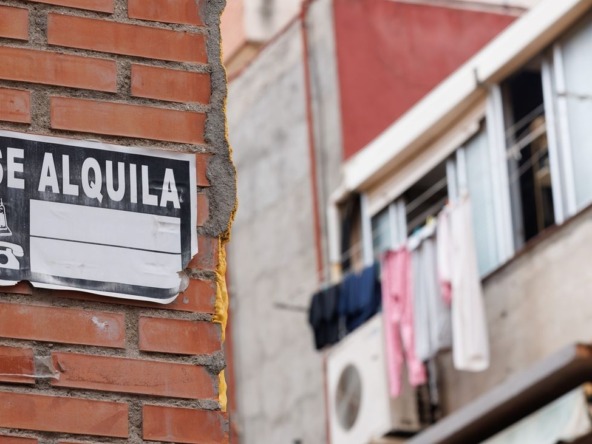A long-awaited measure
The Council of Ministers has approved the first transfer of assets from Sareb (Sociedad de Gestión de Activos Procedentes de la Reestructuración Bancaria) to the Entidad Pública Empresarial de Suelo (SEPES), with the aim of creating a large stock of affordable public housing. The objective is clear: to turn what was once a financial lifeline for banks into a useful resource for Spanish families.
In the words of Isabel Rodríguez, Minister of Housing:
“What was used to rescue the banks is now being used to rescue families”
What does this transfer entail?
This first phase includes:
-
More than 40,000 homes for affordable rent.
-
2,400 plots of land for the development of up to 55,000 new dwellings, also for affordable rentals.
-
A market value of EUR 5.9 billion in transferred assets.
-
An additional 593 million euros to adapt the buildings.
All of this, under an execution described as ‘urgent and strategic’ by the Executive.
What type of dwellings are they and where are they located?
The selection process was based on three main criteria:
-
Geographical criterion:
Priority is given to dwellings located in municipalities with more than 5,000 inhabitants, in metropolitan areas or islands. Municipalities with more than 1,000 inhabitants are also included if they have experienced a population growth of more than 5% in the last decade. -
Economic and size criteria:
Dwellings up to 85 sqm are included, regardless of their assessed value, and dwellings up to 150 sqm are included if their assessed value does not exceed the average market value by more than 40 % according to the official index. -
Physical and legal condition:
Only properties that do not present structural problems and are not occupied have been selected.
What does affordable rent mean?
The programme stipulates that rent will be below market price and in no case may it exceed 30 % of household income. This definition seeks to guarantee access to housing without compromising the economic stability of households.
A relevant step for the Spanish market
Spain has historically been one of the EU countries with the lowest public housing stock, with figures ranging from 1.5% to 2.5% of the total, compared to 17% in France, 24% in Austria or 30% in the Netherlands. The creation of public rental housing stock can alleviate pressure on the private market, provide stability for young people and vulnerable families, fix population in stressed areas and boost urban development of under-utilised land.
Remaining challenges
Despite the potential impact of this measure, there are several key challenges:
-
The adaptation and rehabilitation of buildings, many of which are not ready to be inhabited.
-
The need for effective management by SEPES and collaboration with autonomous communities and city councils, which have the competences in housing.
-
Agility in implementation. Families need immediate solutions, not medium-term ones.
Moreover, the scope of the measure is limited if one looks at the structural deficit of public housing: to match the European average, Spain would need more than 300,000 additional public housing units.
Is this measure sufficient?
Although the transfer of Sareb is a very important and symbolically powerful step, it is not enough on its own to solve the problem of access to housing. It will be necessary to reinforce this strategy with:
-
New public housing developments.
-
Tax incentives for affordable renting.
-
Control and recovery of vacant housing in the hands of large landlords.
-
Encouraging cooperatives and innovative tenure and access formulas.
Spain’s housing challenge requires a structural, sustained and coordinated strategy between public administrations, the private sector and civil society. This move by the government can be a turning point if it is accompanied by a clear roadmap and ambitious long-term housing policies.
Sources:
-
El Mundo, 1 July 2025: https://www.elmundo.es/economia/vivienda/2025/07/01/6863c43f21efa0c1788b45bc.html
-
Observatorio de Vivienda y Suelo (Ministry of Housing and Urban Agenda)
-
Housing Exclusion Report 2024, FEANTSA
-
El País: “Which countries have the most public housing and how do they do it?





